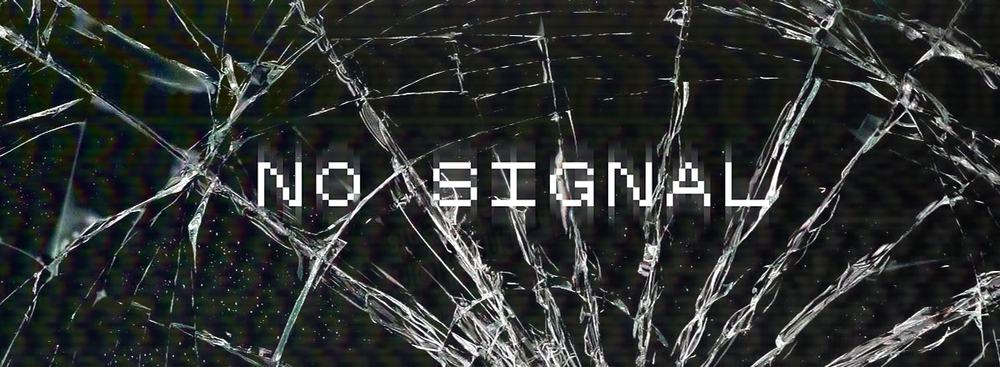In Handy Tips, we find ways to improve your life and make it easier and explain why these tips work. Today, we will tell you about emergency measures to keep your smartphone alive before you get it to the hospital.
iPhone/iOS
The broken iPhone owner will first need to go through identification (prove to the smartphone that you are not a thief) and disable the so-called USB Restricted Mode protective mechanism in the device settings. Indeed, in order to increase our security, starting with iOS 11.4 and later, the iPhone or iPad requires the owner to enter a password when connecting the device to a PC via cable, if the gadget was blocked for more than an hour before that. And the cable connection can be crucial for saving our patient's memory.
If your broken device still responds to your fingerprint, the cracked screen may prevent you from going through your apps and system settings. Siri will help you with this – just order Siri to turn on VoiceOver. If you managed to turn on VoiceOver, you could almost blindly control your phone. If you have the knack, this will give you the chance to enter your passcode. It is difficult, but anyway.
What is especially important is that you can give instructions to send all important data from your smartphone to the cloud or to another safe place in this same mode. If you successfully disable USB Restricted Mode, you can also connect your iPhone to your PC and make an old-fashioned USB backup.
Android
If you have a mini-USB/USB adapter at hand, there is a chance that an Android smartphone will be able to recognize a regular PC keyboard through it. You will need it to enter your PIN. Activate the MTP (Media Transfer Protocol) function right now, which allows you to transfer data from gadgets to a PC. Then you can transfer all the files you need to your computer in case the screen suddenly breaks. The trouble is that each phone has its own tricks and rules, and you have to surf the Internet to see how to make this or that connection for this particular device.













